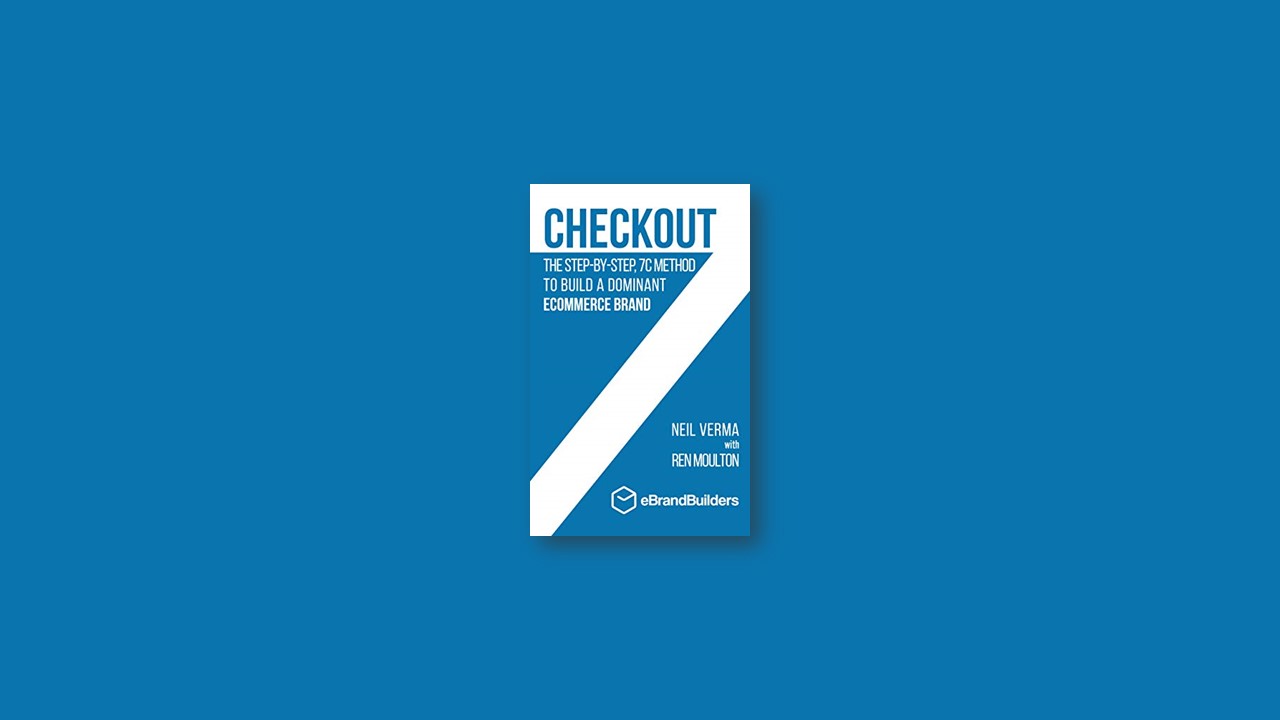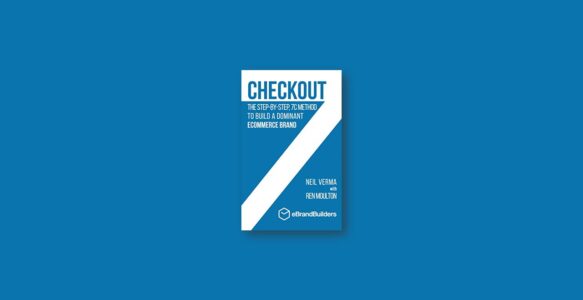#1 Core
Consumers today value brands that care about social welfare, fair trade, and higher-purpose based work. When customers say they’re looking for healthier choices, they aren’t just talking about more natural ingredients in food; they’re talking about brands that offer benefits and value good for all brand stakeholders: customers, employees, vendors, and the environment. Consumers want to contribute to ethical businesses and vote with their wallets. This means the most successful brands share values with their target customers and strive to use their brand levers to make a positive and meaningful social impact. Brands that can embody these qualities will be trusted, considered authentic, and become dominant in their categories. A brand purpose is its “Why,” and a purpose-driven brand understands why it exists, for whom it exists, and what it will do. Defining this purpose is an inside-out strategy, and your “why” will be the most significant part of a brand to its constituents, as consumers today are more concerned with why a brand exists than what it does. Purpose is, therefore, an important difference between brand and product.
#2 Customer
It’s paramount that you understand the hearts and minds of your customers. Use the persona tool to build a guiding prototype of your ideal target customer. It can be helpful to think of your brand as a consumer insights company, but designed to serve a specific, niche segment of consumers.
The most important tool in your brander’s toolbox is, therefore, figuring out your customer, finding that “one” person amidst the rabble and noise who loves your brand. Going beyond “marketing” into “branding” means, in part, moving from a demographic view of markets and the world (gender, age, income) to a psychological, or psychographic view of the world: what people feel, imagine, identify with, and want. All of these elements are included in your customer persona, and these deeper insights will help your brand find and connect with the individual tribe that shares those ways of thinking and feeling. Once you have built your customer persona, answering one additional and critical question – what do your customers aspire to be? – will deepen your understanding of your customer and reveal their true motives for purchasing your product. The answer to this question is usually emotional, and will help you understand the business you are really in. In turn, this insight can effectively shape your brand voice, messaging, and ensure your assets are in perfect alignment with your customer.
#3 Community
The strength of your brand is directly proportional to the strength and connectedness of your community. Forget this at your peril. In such a crowded, competitive marketplace, it’s critical to focus on brand community building. To be heard through all of this noise, brands need to demonstrate that they care more about nurturing relationships than sales. Being willing to listen and respond as a human brand is essential to creating a valuable, authentic community for your customers to interact within. We all want to be a part of a tribe where we feel welcome and safe to contribute. Creating this kind of online community for your customers is a powerful way to build a tribe and deeply bond customers to your brand.
#4 Competition
What can you do uniquely that your competitors cannot or will not do? Real branding is “anti-competitive” since its goal is to differentiate one brand from another and help the right people select and own it. With that said, the issue, and the opportunity, for you as a brander is summed up by this statistic: “Only 25% of brands are seen as distinctive by customers.” The other 75? They’re like Tofu. They blend in, take on the flavor of things around them, and thus, like a wallflower, ultimately engage no one. Building a unique brand gives your fanatics something to interact with, so they’re never just transacting with your company.
#5 Creatives
Your creative strategy should follow your brand strategy, as creative assets are symbols of your brand’s core, not just design for its own sake. The major points of meaningful identity are:
- Brand name
- Logo
- Colors/Palette
- Typography
- Packaging (which integrates all your creative assets)
#6 Content
Content marketing has been a tool that only larger companies have been able to use, but it has been around for decades. As of this decade, however, the entry stakes for being a publisher and distributor of content to thousands, even hundreds of thousands of individuals has decreased to virtual nil. To succeed as a publisher now, you simply need a unique perspective and the ability to deliver value through your content. The tools for doing this are also, similarly, so democratized that not creating content makes a brand feel lazy. The benefits of content marketing are also deep and broad, and the ROI, from both a business and brand impact perspective, is unbeatable. Creating content can and will: Attract customers. Educate your buyers about a purchase they are considering. Overcome resistance or address objections. Establish your credibility, trust, and authority in your industry. Tell your brand story. Build buzz via social networks. Build a base of fans and inspire customers to love you. Inspire impulse buys.
#7 Channel
The foundation of a modern eCommerce channel strategy is implementation through multichannel marketing. Multichannel marketing is connecting with your prospects and customers wherever they like to be, whether it’s on marketplaces, social media, messaging apps, or other online communities. This allows customers to buy from you on their terms, exactly when and where they prefer. On average, it takes seven “touches” with a brand before a customer is ready to purchase. One of the core benefits of multichannel marketing is the ability to generate multiple exposure points for the brand that matches the customer’s natural buying journey, that is, on the channels they prefer. In terms of social media, for an eCommerce store, this may take the shape of a buy now button on a Tweet, a sponsored post on Instagram, a buyable Pin on Pinterest, or target Facebook ads. It also means having a presence on various online marketplaces, like Amazon, Walmart/Jet, eBay, Etsy, Google Shopping, and more. Today, your brand needs to be omnipresent to be noticed and to stay above the noise. For instance, retailers who sell on two marketplaces see 190% more in revenue than those who only sell on just one marketplace. Not to mention that, on average, retailers who sell on two channels have double the revenue of retailers that sell through a single channel. As such, multi-channel makes dollars and sense.


